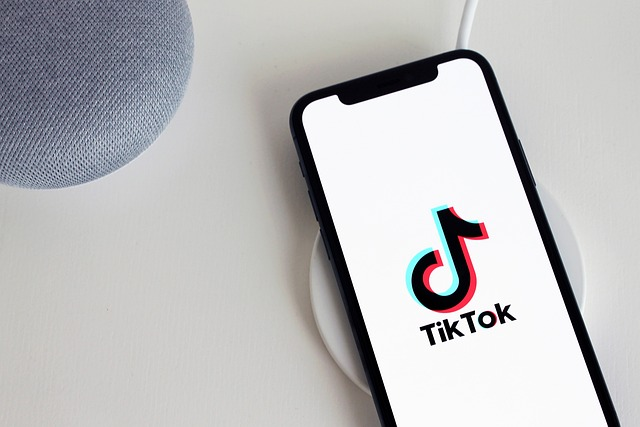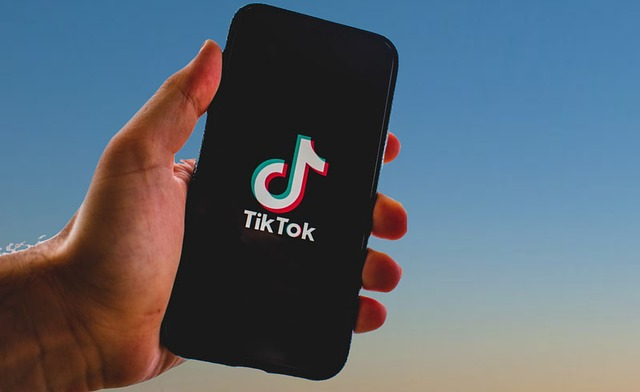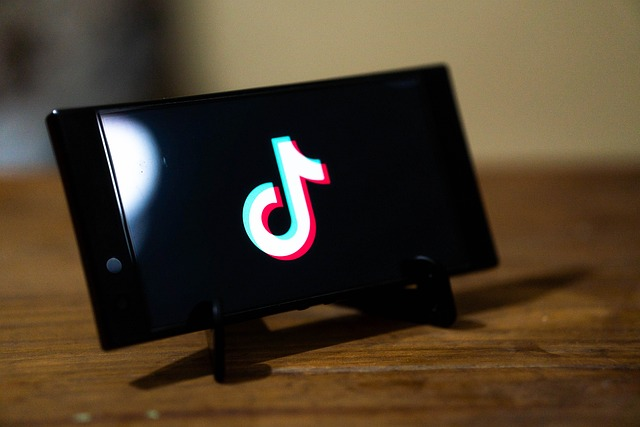Ever found yourself scrolling through TikTok or other social media platforms and wondered, “What does BOP mean on social media?” This catchy slang term has danced its way through countless posts, resonating with users across generations.
What is BOP on Social Media
On social media, “BOP” refers to a catchy, enjoyable song that compels you to dance or nod along. It’s often used to describe tracks with fast tempos and irresistible hooks that become instant hits.
Types of BOP on Social Media

1. TikTok Viral Hits
Songs that gain rapid popularity on TikTok often due to their dance-worthy beats or innovative challenges are prime examples of a BOP.
For instance, the latest Dua Lipa hit might be dubbed a BOP by users, celebrating its rhythmic allure and how it prompts spontaneous dancing among TikTok users.
2. Mellow and Somber Tracks Reimagined
Not all BOPs are fast-paced.
Some, like mellow and somber music tracks, are transformed by social media users into BOPs through creative reinterpretations or memes.
This shows the versatility of what can be considered a BOP, as long as it strongly resonates with the audience.
3. User-Generated Music Content
Independent artists or everyday TikTok users might create their own tracks or sound bites that evolve into a BOP.
These shortened version pieces often reflect current internet culture or slang and gain traction for their originality and relatability among Gen Z.
4. Remixes of Classic Songs
Older songs can also resurface as a BOP when remixed or featured in popular social media posts.
A classic jazz tune might get a modern twist, making it a BOP to a new generation of listeners who appreciate both the old vibe and the new beat.
5. Empowerment Anthems
Tracks that empower listeners, especially mega females, often become BOPs. Songs that support self-expression and reject slut shaming, for example, resonate as anthems of empowerment and are quickly embraced by social media communities, turning them into widely celebrated BOPs.
What is NOT a BOP for TikTok Users?
A BOP is not merely any song; it’s a track that gains significant traction and popularity for its catchy nature and danceability.
Songs that do not invoke a joyful or energetic response typically do not qualify as a BOP.
How to Create a BOP?
What makes a good song a BOP song?
Something you strongly enjoyed.
No matter if it is related to assistant professor, jordan adds, university, child, women, course.
A word can happen and somebody can explain.

- Utilize Trending Online Slang Terms – Incorporate popular online slang terms to make the song relatable, especially among younger audiences. This language becomes synonymous with youth culture, enhancing the song’s appeal. For example, using terms like “BOP” can attract TikTok users who are familiar with the vernacular and appreciate its relevance.
- Engage with Social Media Influencers – Collaborate with influencers to promote the song. Having a TikTok user with a large following feature your track can significantly boost its visibility. When influencers share music that resonates with their followers, it often leads to viral trends and increased streaming numbers. The rise of OTT platforms has created additional opportunities for artists to leverage this social media buzz by securing playlist placements and featured spots on major streaming services..
- Address Contemporary Themes – Songs that discuss contemporary issues or themes can become anthems. Addressing topics like bullying or women’s empowerment can resonate with a broad audience. Music that tackles these subjects often becomes a tool for discussion and a voice for those who feel underrepresented, making it a popular form in its own right.
- Leverage the Power of Remixes – Remixes can breathe new life into a song, making it a BOP. Adding a bebop style to a new album or incorporating electronic dance elements can transform an ordinary track into a nightclub favorite. Remixes often expose music to new audiences, reinterpreting the original’s vibe and expanding its reach.
- Focus on Catchy Hooks and Beats – A BOP typically features irresistible hooks and beats that make people want to dance. The rhythm should be engaging, encouraging listeners to move and share the experience. Think about how many people spontaneously dance when they hear a beat drop, and aim to replicate that infectious energy in your track.
- Ensure High-Quality Production – High-quality audio production is crucial for a song to become a BOP. This includes clear mixing, mastering, and possibly innovative sound design. Even a simple beat can be elevated through professional production techniques, making it stand out in the crowded music industry.
- Promote Through Multiple Channels – Promotion across multiple channels is essential. Utilize social media, streaming platforms, and radio to reach as many ears as possible. Engaging content like music videos or behind-the-scenes footage can also help draw attention to the song, making it a topic of conversation and increasing its chances of becoming a BOP.
Cultural Dynamics in BOP Creation Instead of Mellow and Somber Music

Creating a BOP isn’t just about catchy music; it’s about tapping into the cultural zeitgeist. Here’s how you can align your song with contemporary social currents to ensure it resonates more deeply:
Understanding the Impact of Lyrics
- Address Modern Sensibilities: Be mindful of how lyrics might be perceived. Avoid themes that could inadvertently slut shame or demean groups. Instead, focus on empowerment and positivity. A new Dua Lipa song often exemplifies this, championing women’s strength and independence, which not only appeals to “all the dudes”, “sexual acts”, “online slang term”, “dawn bounds”. but listeners of all genders.
- Cultural Sensitivity: Work with cultural consultants or sensitivity readers, especially when your lyrics delve into specific community experiences or use online slang terms. This helps ensure that the intended meaning of words doesn’t get lost or misinterpreted.
Leveraging Technology and Expertise
- Incorporate Feedback Mechanisms: Use platforms like Bark Technologies, which monitor text messages and social media for harmful content. Adapt their feedback to refine lyrics that may be controversial or misunderstood.
- Collaborate with Academia: Engage with assistant professors or researchers from universities who study music/linguistics/social behavior, or use the best Google Scholar APIs for extracting research data on these topics. Their insights can help shape how your song communicates with listeners, ensuring that it is both impactful and respectful.
Educational Outreach
- Parental and Educational Involvement: Develop resources for parents and educators on how to discuss the themes of your songs with children. This could be through workshops or online content that explains the song’s messages and words in an age-appropriate way.
- Art and Music Programs: Partner with schools to integrate your song into their arts education, helping children understand the creative process and the thoughtful consideration behind popular music.
By integrating these strategies, you ensure that your BOP not only becomes a favorite tune but also a part of larger conversations around art, culture, and social issues.







